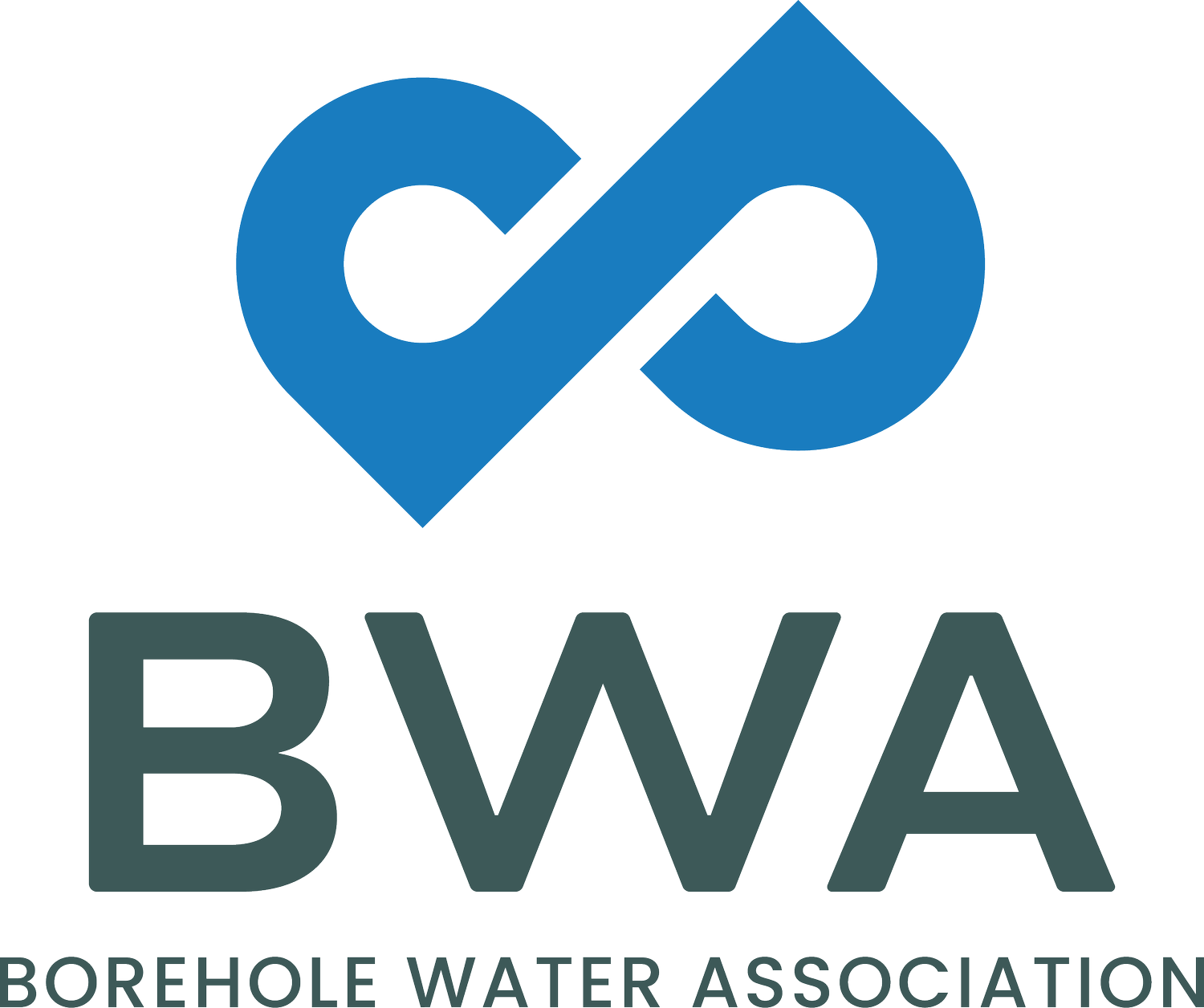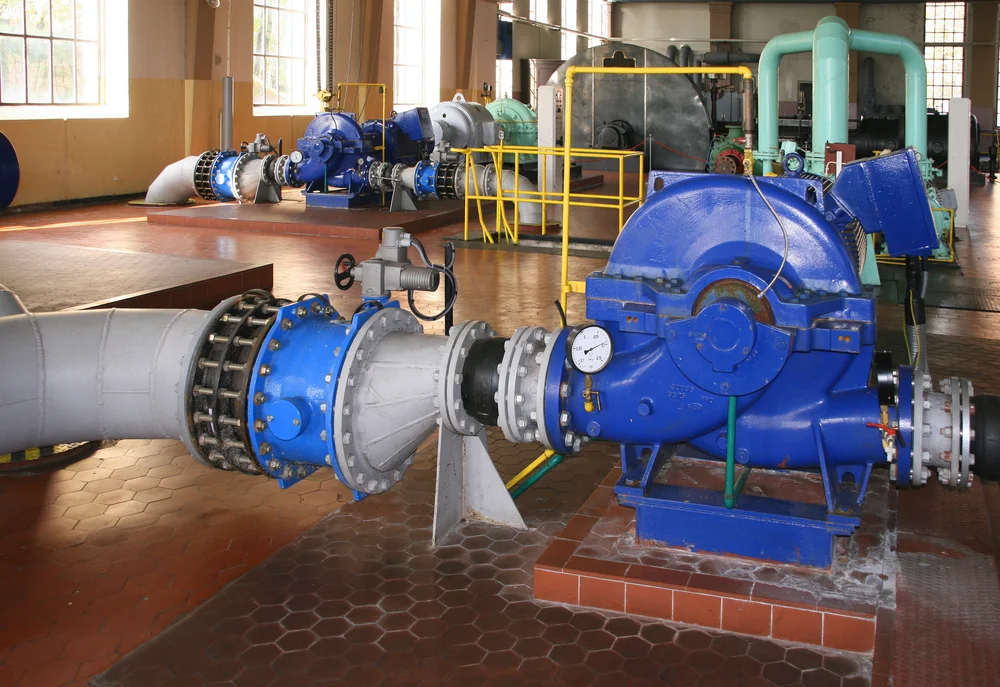Energy, Cash and Pumping Systems
/By John Tonkin
How many pumping systems are designed on a single duty point? If many of the authoritative statistics that come out of the market are to be believed … a lot!
Pump selections are about a range of duty points
These duty points start from a maximum and progress to a minimum. The trick is to bracket the Best Efficiency Point (BEP) with these two points.
The only constant in life is change!
Variations in duty point can come from changes in static heads (dynamic levels in ground water systems, tanks full/tanks empty etc.), increased friction losses (deposition of solids on the pipe wall and throttling of flow, to name a few) and the inevitable fluctuations in production processes. What is the nature of these variations? How do they affect the energy consumed, Mean Time Between Failures (MTBF), plant reliability and finally, the total cost of owning the whole system?
A bad selection process that saw the installation of a significantly oversized pump
This is a constant variance from the design operating range with the installed duty points close together but far off the Best Efficiency Point (BEP). Usually this is found out after commissioning. Correcting mistakes becomes a strategy of trying to modify the pump, and/or the system and/or the controls to get an acceptable match between the pump and the system. The most popular solution is the throttling valve. Invariably the isolating gate valve on the discharge is used for this purpose. Its energy intensive, inefficient, and does the valve no favours. It also creates noise and vibration in the system.
For this problem, an impeller trim could be a far better solution although it is permanent. A Variable Speed Drive (VSD) is also a candidate but look carefully at the make-up of the Total Dynamic Head (TDH). Systems that have a high proportion of friction loss in the TDH respond well to the application of VSDs. If the curve tends to be less steep, then look at applying other strategies.
Bottom line
An oversized pump will tend to operate on the right-hand side of the performance curve at lower efficiencies and with a higher NPSH required. Cost per cubic metre of liquid pumped (specific energy) and, in all likelihood, pump maintenance costs will increase significantly and plant reliability will decrease.
Large changes in flow rates due to changes in processes or system demand
Here’s an example a pumping system that is required to handle major variations in flow rate.
The diagram shows two possible designs for a pumping system that needs to deliver about 180m3/hr against a TDH of 35m and at least double that rate. Two possible piping systems are considered.
Pipe System 1 is represented by the red system head curve 1. Being the smaller pipe, it’s also the cheaper of the two. But if one pump is operated at a time, efficiency is at its highest meaning minimised energy consumption and maximised system reliability. If there is a requirement for more capacity, problems arise when the first pump is run in parallel with pump 2. The two pump intersection points with the red system curve show that capacity increases from 180m3/hr to 273m3/hr - LESS than the required doubling of the capacity. The green line shows that both pumps are now operating significantly left of the BEP. Low efficiency, higher energy costs and lower reliability.
The larger pipe system, in Pipe System 2, offers a solution (for a manageable increase in cost). The larger pipe has significantly lower friction losses and hence has a “flatter” blue system curve. Using this pipe size shifts the single pump duty point slightly to the right of BEP but this is quite acceptable. Starting pump two in parallel with pump one increases the capacity, a lot more to ~355m3/hr, nearly doubling the flow rate. The great part of this pump/larger pipe combination is that both pumps are operating close to their respective BEPs. This means good Life Cycle Costs and maximised plant reliability.
It is widely accepted in the pumping industry that up to 80% of the cost of owning and operating a pumping system is due to the cost of energy with maintenance in second place.
Operating pumping systems as close to their BEP as possible makes a lot of sense
A flat(ish) curve will tend to favour pumps in parallel while a steeper curve could indicate a combination of pumps in parallel and VSDs
For parallel pump installations, with more than two “balanced” pumps in parallel, operator training is essential. Many of these installations have at least one pump as a standby unit while the others handle variations in demand. Due to a lack of understanding of the interaction of pumps in parallel, many of these installations that I have seen, have ALL the pumps running. This invariably forces the duty points far to the left of BEP with the resultant low efficiency/high energy cost and low levels of plant reliability. Installations with 4 or more pumps in parallel require careful design and operating practices as operating too FEW pumps could see the operating units having duty points that are too far to the right of BEP.
John Tonkin is the editor of the Journal and offers training and advisory services at John Tonkin and Associates. His areas of specialism include pumps, pipes and valves within the system as a whole. John can be contacted at john@jtatraining.co.za.





